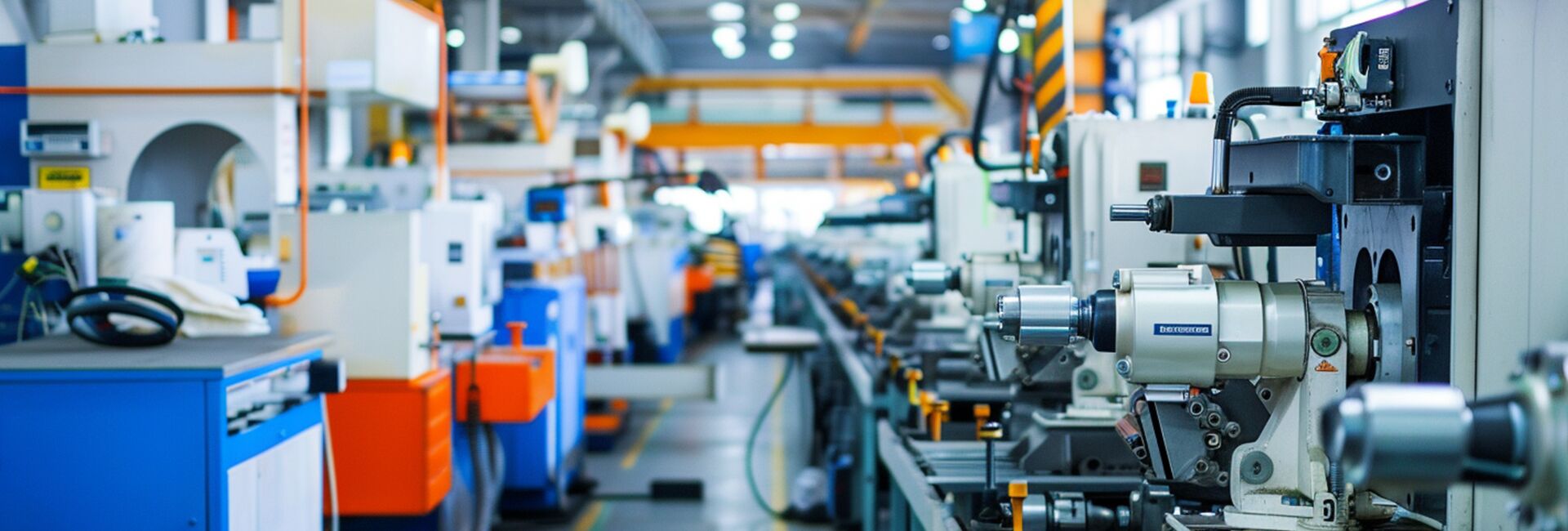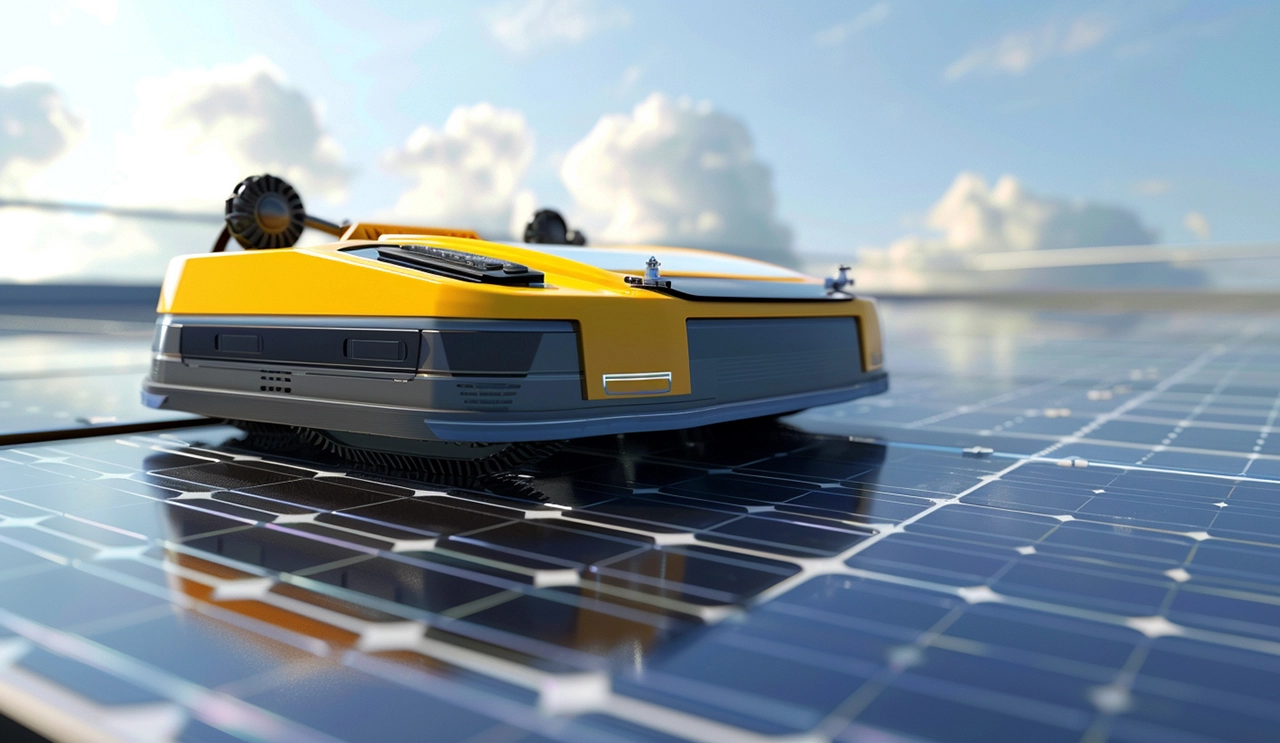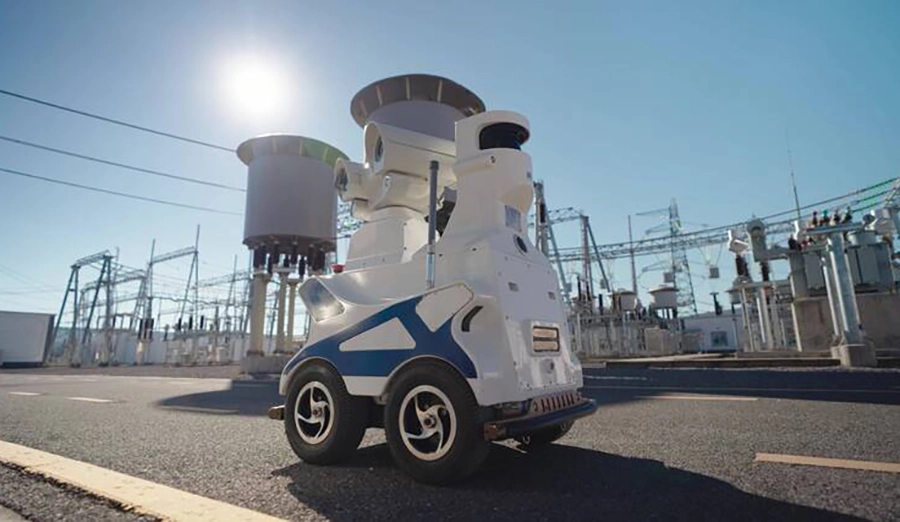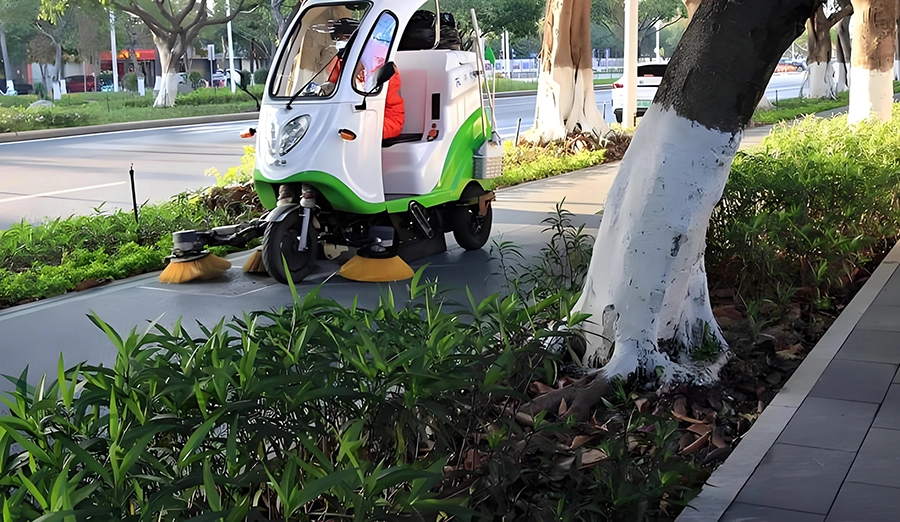
WIRELESS CHARGING IN THE NEWS
With the surging demand in fields such as Marine resource development, environmental monitoring and national defense security, autonomous underwater robots (AUVs) have become the core tools for deep-sea exploration. However, traditional AUVs rely on battery power supply, have limited endurance, and frequent return trips for charging seriously restrict operational efficiency. In recent years, breakthroughs in wireless charging technology have made it possible for AUVs to be "permanently in motion underwater", and this technological innovation is reshaping the future landscape of Marine development.
How does wireless charging "penetrate" the seawater barrier?
Underwater wireless charging technology is mainly based on the principles of electromagnetic induction and magnetic resonance coupling. The former transmits electrical energy through the magnetic field changes of the coils at the transmitting end and the receiving end, while the latter achieves efficient energy transmission by using resonant frequency matching. Due to the conductivity of seawater, electromagnetic waves attenuate severely. The R&D team has successfully increased the power transmission efficiency to over 85% by optimizing the coil structure, increasing the transmission frequency (such as using the KKHZ -MHz frequency band), and introducing adaptive impedance matching technology. For instance, the system developed by the Woods Hole Oceanographic Institution in the United States can achieve a power transmission of 3kW within a distance of 1 meter, which is sufficient to meet the charging requirements of medium-sized AUVs.
From the laboratory to the deep sea: Application scenarios explode
In subsea oil and gas fields, AUVs equipped with wireless charging stations can stay for a long time to monitor pipeline safety in real time. Equinor, a Norwegian company, has set up charging base stations in the North Sea oil fields, extending the robot inspection cycle from three days to three months. In the field of scientific research, China's "Qianlong" series of AUVs have been working continuously for 30 days under the Antarctic ice sheet through deployed charging piles, mapping out high-precision underwater maps. Militarily, the US "Blue Wolf" project combines the charging network with the underwater listening system to build an all-weather strategic defense network. In the field of environmental protection, a Japanese team has deployed rechargeable AUVs around the Fukushima nuclear power plant to achieve dynamic monitoring of radioactive substance concentrations.
Technological breakthroughs and commercialization process
Despite its promising prospects, underwater wireless charging still faces multiple challenges. The high-pressure environment with a depth of more than 200 meters requires the equipment to have a titanium alloy sealed casing and a flexible polymer waterproof layer. The energy loss caused by changes in salinity and temperature needs to be compensated in real time through intelligent algorithms. The commercial charging dock launched by Wartsila Company of Norway has passed the DNV-GL certification and can operate stably at a water depth of 3,000 meters. The cost of a single charge is reduced by 60% compared with the traditional method. Market research shows that the global underwater wireless charging market size will exceed 1.2 billion US dollars by 2025, covering multiple fields such as energy, scientific research, and national defense.
In the process of moving from the laboratory to industrialization, underwater wireless charging technology not only solved the energy bottleneck of AUVs, but also gave rise to a new business form of "submarine charging network". With the advancement of materials science and communication technology, cross-medium wireless charging systems may emerge in the future, enabling AUVs to operate continuously in the air, on the water surface and underwater, truly ushering in the "perpetual motion machine" era for humanity's exploration of the deep blue.







